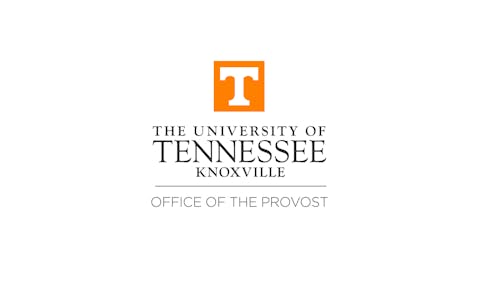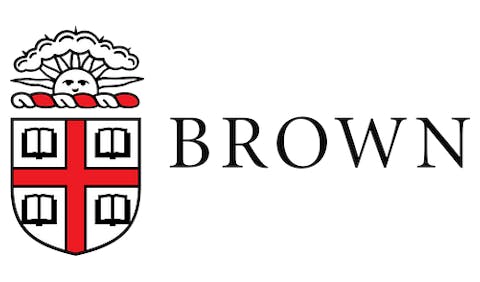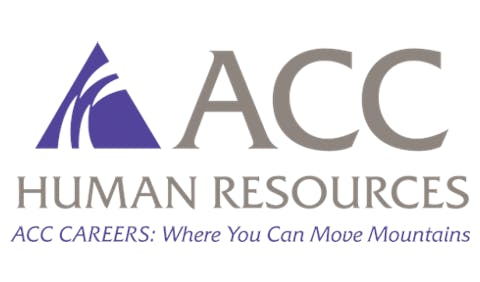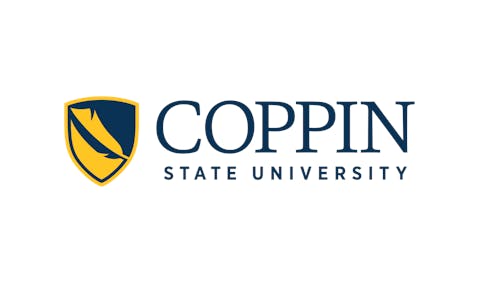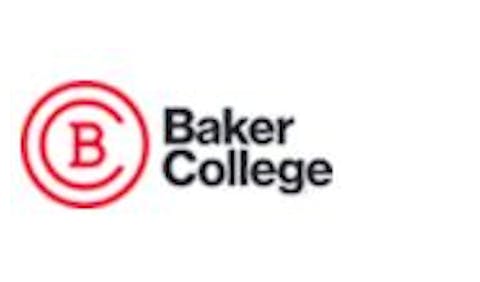
The annual Undergraduate Degree Earners report reveals shifting student preferences toward shorter, more affordable credential options in higher education. While more than 3.2 million learners earned undergraduate credentials in the 2023-24 academic year—a modest 0.6% increase from the previous year—the distribution across credential types shows significant changes in student behavior.
Certificate program completions jumped 12.6% for first-time earners and 8.0% for students adding certificates to previous credentials. Meanwhile, bachelor's degree and associate degree attainment continued declining for the third straight year, with associate degrees hitting their lowest level in a decade.
"This report provides yet more evidence that today's students want shorter-term, lower-cost credentials that lead to faster employment opportunities," said Dr. Doug Shapiro, executive director of the National Student Clearinghouse Research Center. “It is certificate programs, not associate or bachelor's degrees, that are drawing students into colleges today.”
The data indicates that certificates now represent 16.1% of all undergraduate credentials awarded, compared to 11.3% a decade earlier. Bachelor's degrees accounted for 58.8% of credentials, while associate degrees made up 25.1%.
The demographic profile of certificate seekers is also changing. For the first time, certificate completers under age 24 outnumbered those 25 and older. Particularly notable was a 27.2% increase in certificate earners under 18 years old—likely dual-enrolled high school students—and a 17.8% jump among 18–20-year-olds.
The report also introduced a new analysis showing that 10.4% of credential earners received multiple awards within the same academic year. Certificates were the credential most likely to be earned alongside another award, with 34.5% of certificate earners receiving another credential in the same year.
This trend toward certificate stacking appears to be creating new pathways to degrees, as the number of students who earned a certificate before completing a bachelor's or associate degree increased 6.3% and 4.1% respectively. However, the number of bachelor's degree completers with prior associate degrees declined for the third consecutive year.
The findings suggest a significant shift in how students approach higher education, potentially reflecting changing labor market demands, cost considerations, and student preferences for more direct pathways to employment.
The Undergraduate Degree Earners report compiles national, state, and regional trend data on demographics, fields of study, and credential patterns dating back to 2014-15.










